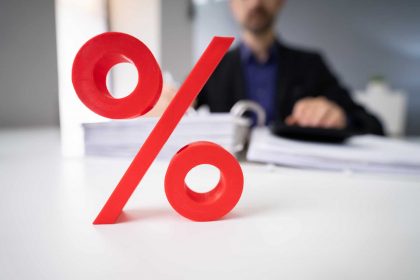To make Wealthtender free for readers, we earn money from advertisers, including financial professionals and firms that pay to be featured. This creates a conflict of interest when we favor their promotion over others. Read our editorial policy and terms of service to learn more. Wealthtender is not a client of these financial services providers.



If you own multiple credit cards because they’re all maxed out and you’re juggling multiple payments, that’s never a good thing. But there are reasons it can be beneficial to own — and use — different types of credit card. Here are few common types of card, and why you might want to own more than one of them.
Credit Builder Cards
These are aimed at people who may have no credit score (perhaps just due to being young and not having built one up yet) or perhaps a bad credit score due to previous issues with credit.
Either way, they’re designed to help you build a new, healthy, credit history. They typically have a low credit limit and high interest rates, as they’re offered to potentially high risk borrowers.
Why you might want one: to build credit as a young person or after an incident that has left you with a poor credit rating.
How to use them: Use a credit builder card to regularly make small purchases that you can pay off straight away. This will let you build credit while avoiding interest charges.
Balance Transfer Cards
These cards allow you to transfer a balance you’re struggling to pay off to a new card, usually with a 0% deal for a limited amount of time. With the average new credit card charging a higher than 24% APR, a zero percent balance transfer can help you pay off your debt more cheaply.
Always check the interest rate really is 0% and what the time scale is to pay it off. Also check the transfer fee which is often a percentage of the debt you’re transferring, and can be quite significant.
Why you might want one: To pay down debt over a set period without paying interest.
How to use them: Always pay the minimum monthly amount or you’ll lose the interest-free deal, and make a plan to pay the full amount off by the end of the payment period.
Travel Credit Cards
Some credit cards are specifically aimed at overseas travelers, offering a competitive exchange rate and low or no-fee options when you spend in a different currency. They may also offer better deals if you need to withdraw cash while abroad.
Why you might want one: To make traveling abroad more cost effective.
How to use them: Look at all the terms and conditions to see if it’s worth saving your card specifically for traveling abroad, or using it on a day-to-day basis as well. These cards might offer benefits to travelers, but carry a higher interest rate than your other cards — so factor that in if you don’t pay off your credit card every month.
Rewards Cards
These are credit cards that offer rewards every time you use them. The rewards might be in the form of cashback, air miles, or points you can exchange for goods and services.
Many cards will offer a big bundle of points on sign up, sometimes with conditions attached (such as an amount you have to spend in the first 30 or 90 days of card ownership).
Why you might want one: To profit from using your credit card.
How to use them: Strategically. If you take out a new card and can get a big influx of points by spending, say, $1,000 in the first 30 days, you may want to plan to put all your day-to-day expenses on it (or perhaps book your annual vacation on it), then pay it off straight away so there are no interest charges, and claim the points. Just think it all through to ensure you don’t overspend and don’t pay any interest charges either.
Ultimately, when spending on credit cards, you’re aiming to:
- Spend responsibly
- Maximise any perks and rewards
- Avoid interest and late fees
To do this, you need to:
- Plan your spending
- Keep track of any terms and conditions
- Never miss a payment
- Ideally only ever spend what you can afford to pay off before interest kicks in
Many of us have been brought up to believe credit cards are bad, and they are if you use them wrong. Check out the best (and worst) ways to use them, and see if you can take advantage of the credit companies, rather than the other way around.
Karen Banes is a freelance writer specializing in entrepreneurship, parenting and lifestyle. She writes articles, website content, ebooks and the occasional award winning short story. Her work has appeared in a range of publications both online and off, including The Washington Post, Life Info Magazine, Transitions Abroad, Brave New Traveler, Natural Parenting Group, and Copia Magazine. Learn More About Karen







